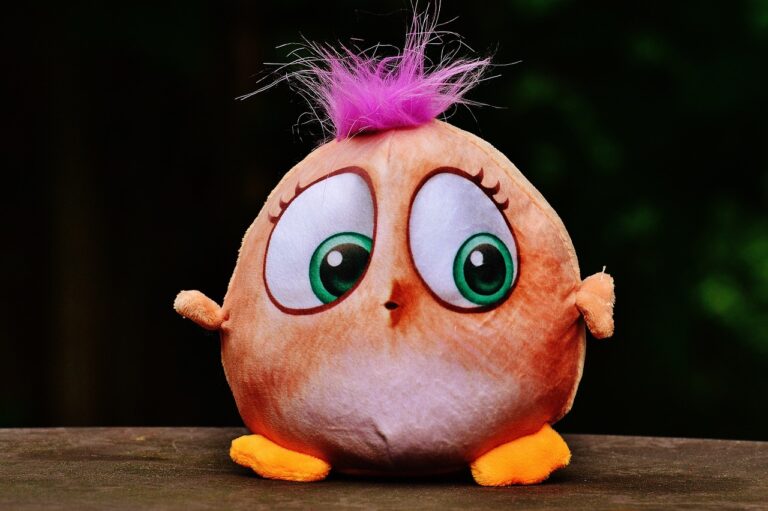Gender Representation in Video Games: Progress, Challenges, and Controversies
Gender stereotypes in video games have long been a topic of discussion within the gaming community. Female characters are often depicted as overly sexualized, with exaggerated physical features and unrealistic clothing attire. This perpetuates the notion that women are objects of desire, rather than complex individuals with diverse personalities and abilities.
Moreover, female characters in video games are frequently portrayed as damsels in distress, needing to be rescued by their male counterparts. This reinforces the outdated idea that women are helpless and dependent on men for their safety and well-being. These stereotypes not only limit the representation of women in gaming but also contribute to the perpetuation of harmful gender norms in society.
Portrayal of Female Characters in Video Games
The depiction of female characters in video games has been a topic of ongoing discussion within the gaming community and beyond. In many instances, female characters are portrayed through stereotypes that often reinforce traditional gender roles and expectations. These portrayals can limit the depth and complexity of female characters, reducing them to one-dimensional figures primarily defined by their appearance or relationships with male protagonists.
Moreover, the representation of female characters in video games frequently falls into the trap of sexualization, with an emphasis on physical attributes rather than character development. This hypersexualized portrayal can perpetuate harmful societal norms and objectify women, sending out a message that a woman’s value is tied to her physical appearance rather than her skills, personality, or agency. Addressing these stereotypes and striving for more diverse and realistic portrayals of female characters is essential for fostering inclusivity and creating a gaming landscape that is truly representative of the diverse player base.
Inclusivity and Diversity in Video Game Characters
In recent years, the video game industry has made significant strides in representing a more diverse range of characters on screen. This shift towards inclusivity has seen an increase in the portrayal of various ethnicities, genders, sexual orientations, and body types within video games. Players can now choose to inhabit the shoes of characters who better reflect the diversity of the real world, making gaming experiences more relatable and inclusive for a wider audience.
Moreover, the industry has also started to challenge traditional gender stereotypes by introducing more complex and multifaceted female characters. Women in video games are no longer confined to the roles of damsels in distress or hypersexualized sidekicks. Instead, they are taking on lead roles as strong and independent protagonists, showcasing their abilities and strengths beyond their appearance. This shift not only provides more diverse and empowering representations for players but also contributes to the overall richness and depth of storytelling in video games.
• This shift towards inclusivity has seen an increase in the portrayal of various ethnicities, genders, sexual orientations, and body types within video games.
• Players can now choose to inhabit the shoes of characters who better reflect the diversity of the real world.
• Gaming experiences have become more relatable and inclusive for a wider audience.
• The industry has also started to challenge traditional gender stereotypes by introducing more complex and multifaceted female characters.
• Women in video games are no longer confined to stereotypical roles but are taking on lead roles as strong and independent protagonists.
• This shift provides more diverse and empowering representations for players while enriching storytelling in video games.
Why is inclusivity and diversity important in video game characters?
Inclusivity and diversity in video game characters is important because it allows for a wider range of representation, creating a more realistic and relatable gaming experience for players from all backgrounds.
How do gender stereotypes impact video game characters?
Gender stereotypes in video games can perpetuate harmful stereotypes and limit the potential for diverse and inclusive character representation. It is important for game developers to challenge these stereotypes and create more balanced and diverse characters.
How are female characters typically portrayed in video games?
Female characters in video games are often portrayed in a stereotypical and unrealistic manner, focusing more on their physical appearance rather than their abilities or personality. This can contribute to the objectification of women in the gaming industry.
What can be done to improve inclusivity and diversity in video game characters?
Game developers can improve inclusivity and diversity in video game characters by creating more diverse and realistic representations of characters from all backgrounds. This includes challenging gender stereotypes, incorporating a variety of cultural perspectives, and providing options for players to customize their characters.







